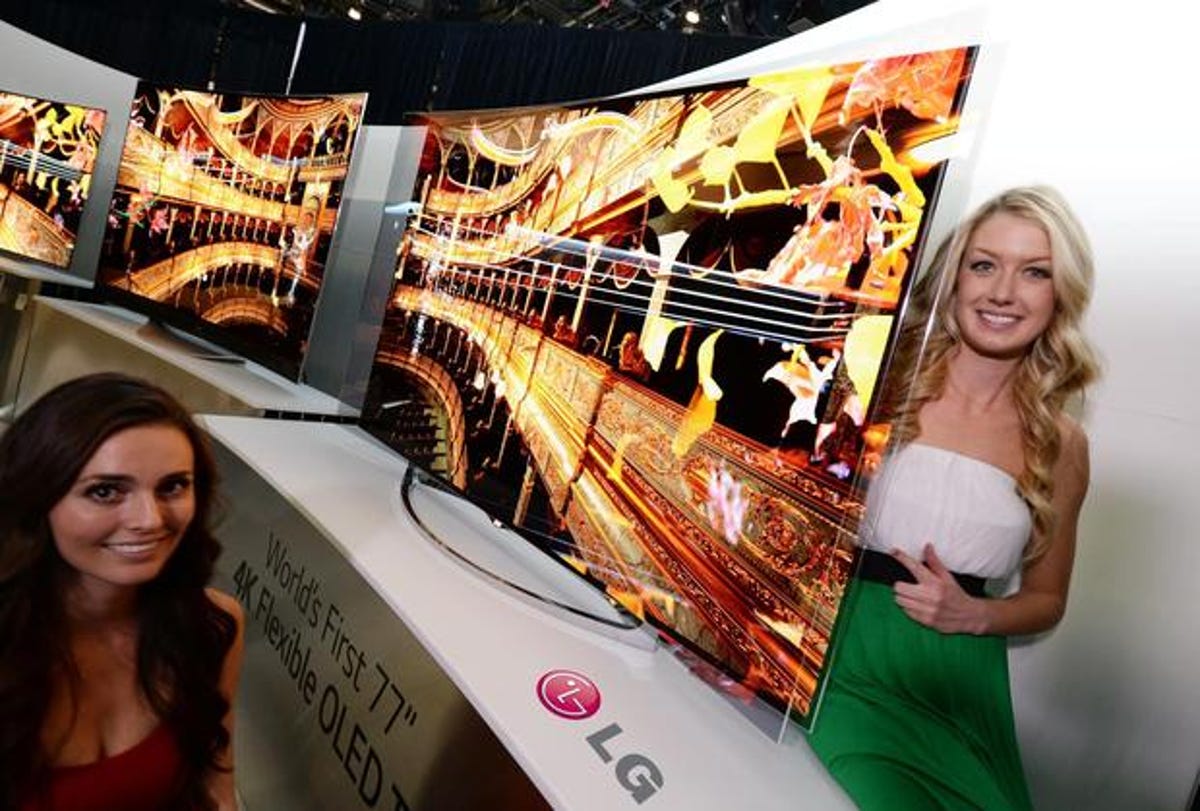
Photo by HJK
Last week when I listed my 10 least favorite TV technologies, I promised to follow up with the 10 I actually like. The list below comprises the display technologies and extras I consider most worthwhile, improving the viewing experience, picture quality or convenience.
Presented in no particular order, here they are.
HD resolution
Maybe you’re too young to remember, little whippersnapper, but television didn’t always look this good. Just flip to the standard-definition channel on your cable box and experience what we old coots had to live with for most of our lives. It took a massive amount of time and money, but those beautiful high-resolution images are now ubiquitous.
Moreover, it’s easy to see the difference between standard-def and HD resolutions, especially on big screens. The difference between HD and 4K resolutions is much tougher to spot.
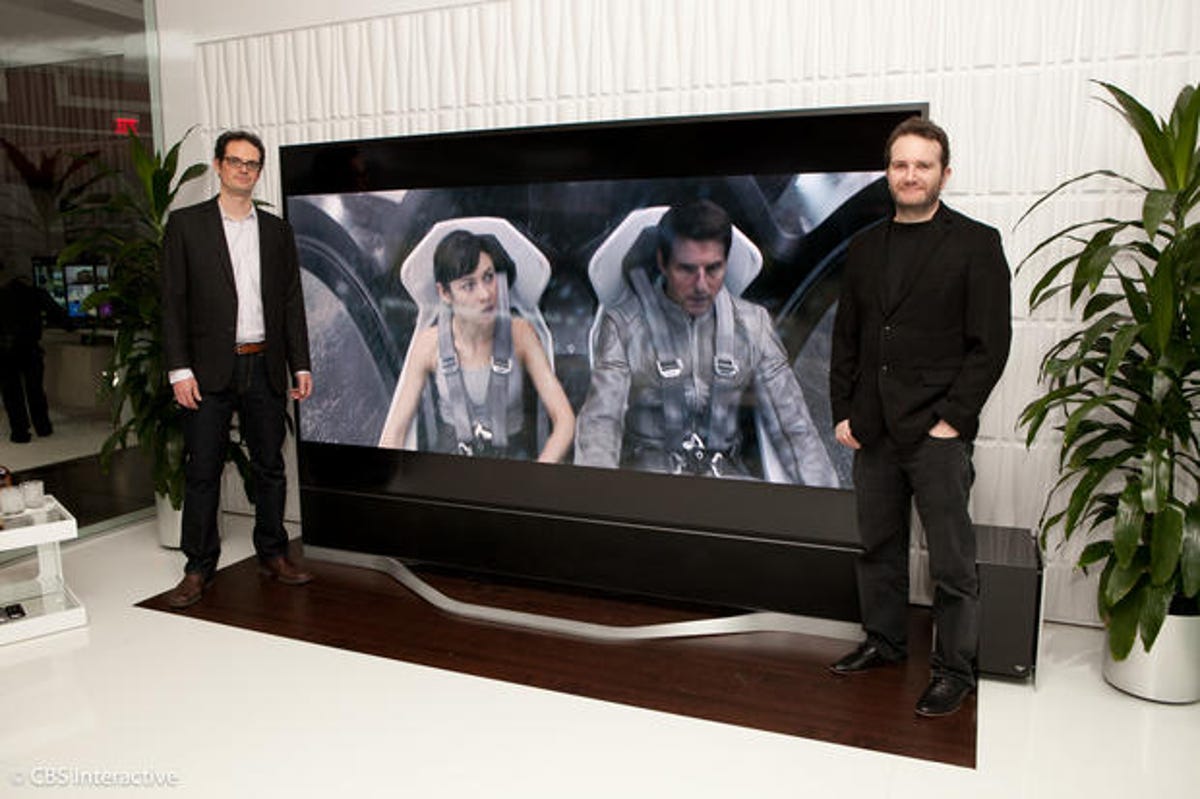

Sarah Tew/CNET
Big screens
Ever since HDTV debuted, first with rear-projection and now with flat-panel technologies such as LCD, screens have gotten bigger — and big screens have gotten cheaper. Most people buying a main TV today can afford a 60- or even 70-inch screen, bringing massive, immersive images into more homes than ever. As we tell people all the time, the best way to spend your money on an HDTV is to get a bigger screen.
OLED
Organic light-emitting diodes produce the best picture quality among flat-panel displays, hands-down. Too bad they’re so expensive and will likely remain so for the near future.
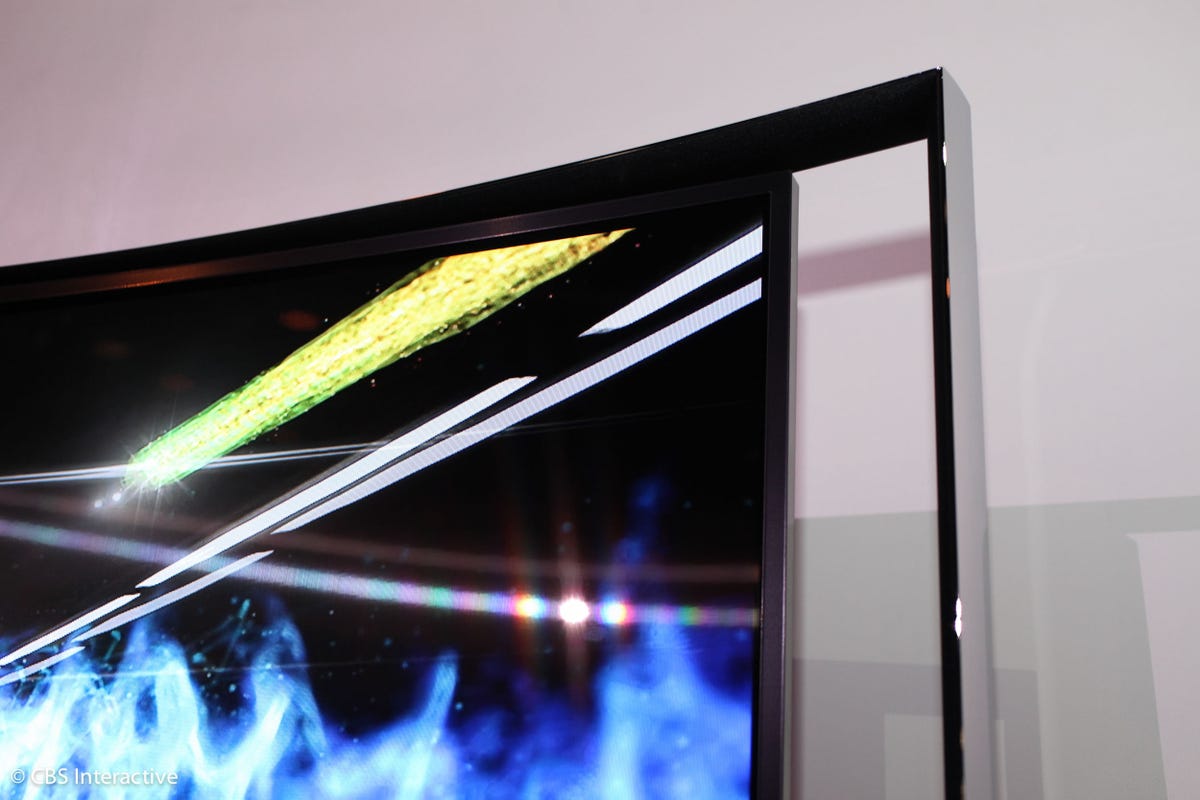

Sarah Tew/CNET
Local dimming
Among the technologies you can actually afford, local dimming does the most to make a mediocre display tech (LCD) look good. Implemented correctly, the best LCD TVs with local dimming can challenge the best plasmas in picture quality. And, just in time for plasma’s extinction, more local dimming-equipped TVs are hitting the market at prices better than ever.
HDMI
Remember when HDTVs had component-video inputs? Most still do for some reason, but unless you’re a cable box installer, you’ll probably never use them. HDMI rightfully rules the living room. It handles all standard digital signal types, audio and video, and even Ethernet, in a single dirt-cheap cable.
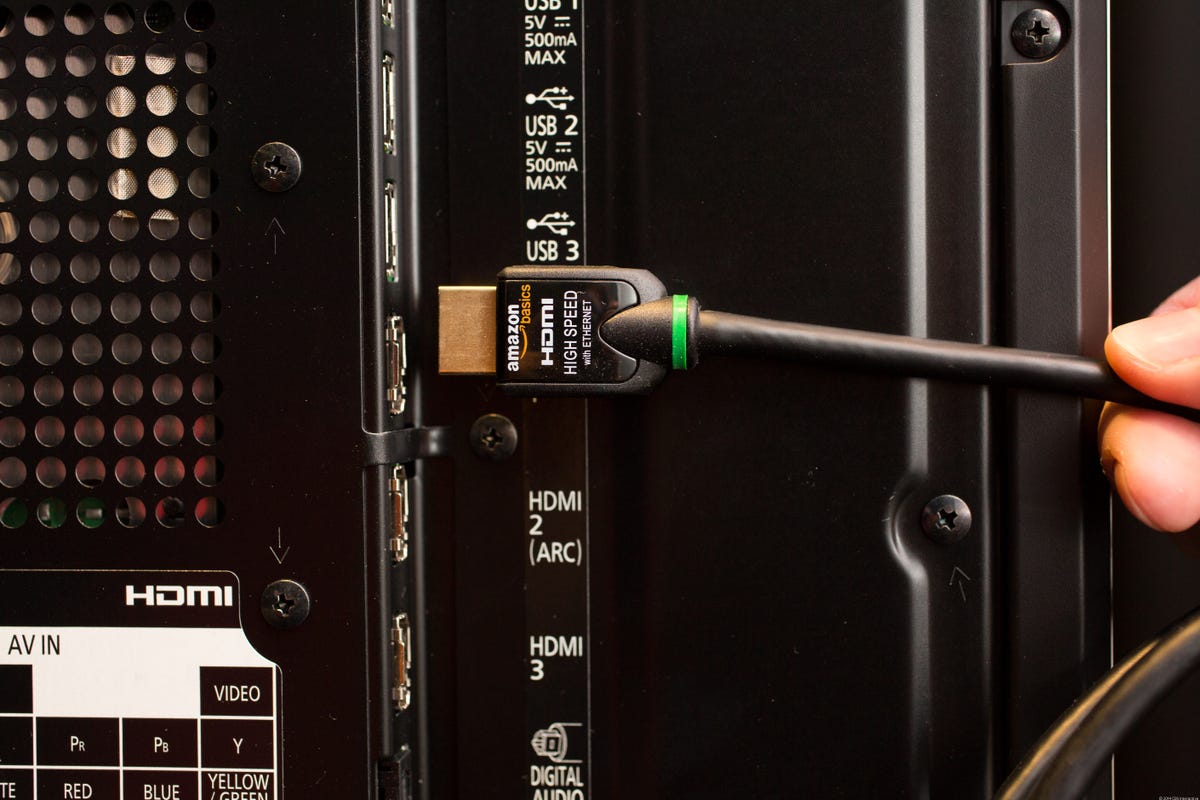

Sarah Tew/CNET
1080p/24p compatibility
Forget the Soap Opera Effect or its Peter Jackson-backed theatrical equivalent. The vast majority of films and scripted TV shows are shot in 24 frames per second, imparting the cadence we’ve all come to associate with “film.” Blu-ray discs and other sources that deliver 24p can be reproduced faithfully most TVs these days, although you’ll often have to tweak the controls.
Effective picture controls
Speaking of controls, flipping a TV into movie mode is often enough to get it to produce a decent picture. Nearly every TV has a relatively accurate preset, and most offer numerous other settings that can allow you to further improve the picture.
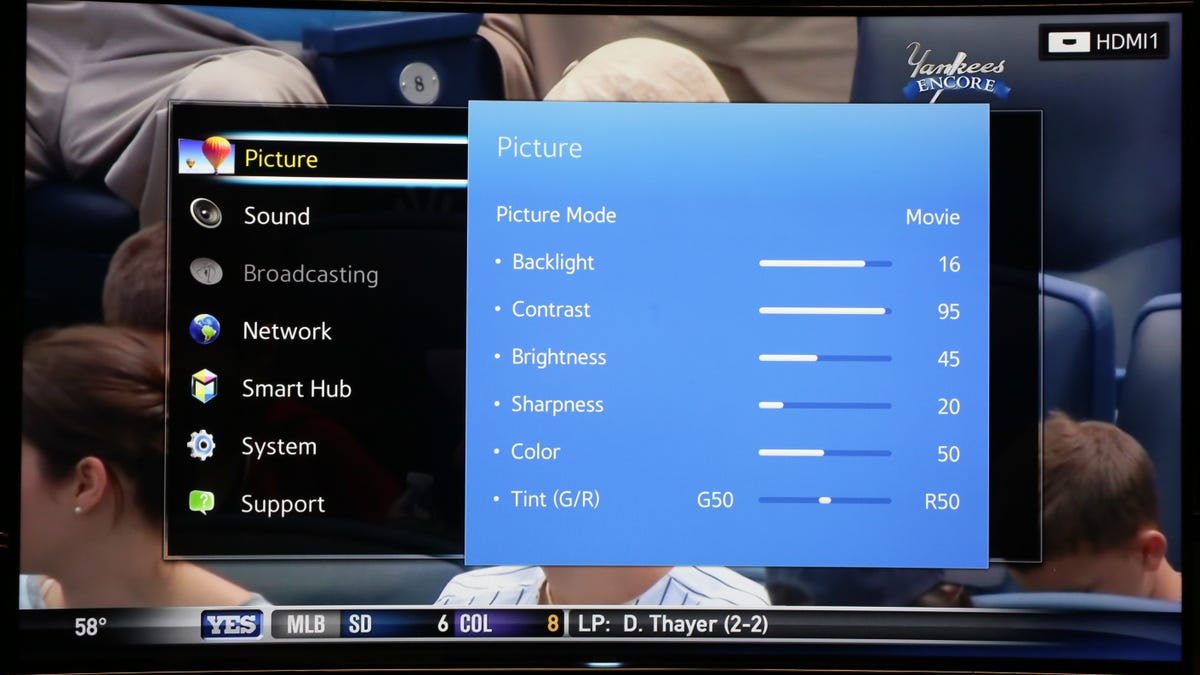

Sarah Tew/CNET
Online software updates
Much like game consoles, phones and other modern devices, TVs now have the ability to receive updates via the Internet — arguably one of the most important capabilities of a connected TV. Manufacturers can add or update apps, overhaul interfaces or even address select picture quality problems.
Netflix (and other major streaming services)
I railed against bloated smart TV interfaces before, and we generally advocate boxes over built-in smarts, but Netflix and other major services like Amazon and Pandora still deserve a spot on the list. They’re especially important in smaller or secondary TVs where you don’t necessarily want to invest in, or connect, an external box.
Multimedia display
One oft-overlooked benefit of modern TVs is their ability to double as computer monitors or, in a pinch, accept the HDMI output from your laptop. In addition to games, they also handle digital photos, streaming movie files from your home network, and can often serve as a jumbo display for your smartphone or tablet.
For the record, I’m also a fan of built-in Wi-Fi (we oldsters used to have to connect our smart TVs via Ethernet cables); upgradeable hardware like Samsung’s OneConnect and Smart Evolution kits (although they’re costly and not all provide major upgrades); Bluetooth and motion remotes (thumbs-up for Wii-like wand waving and not having to be in line-of-sight); Game mode; projectors; and HDR.
I also like plasma technology, but it’s sadly dead and so doesn’t deserve a spot.
For a look at which TVs are using this tech to the fullest, check out our list of the best TVs on the market.




